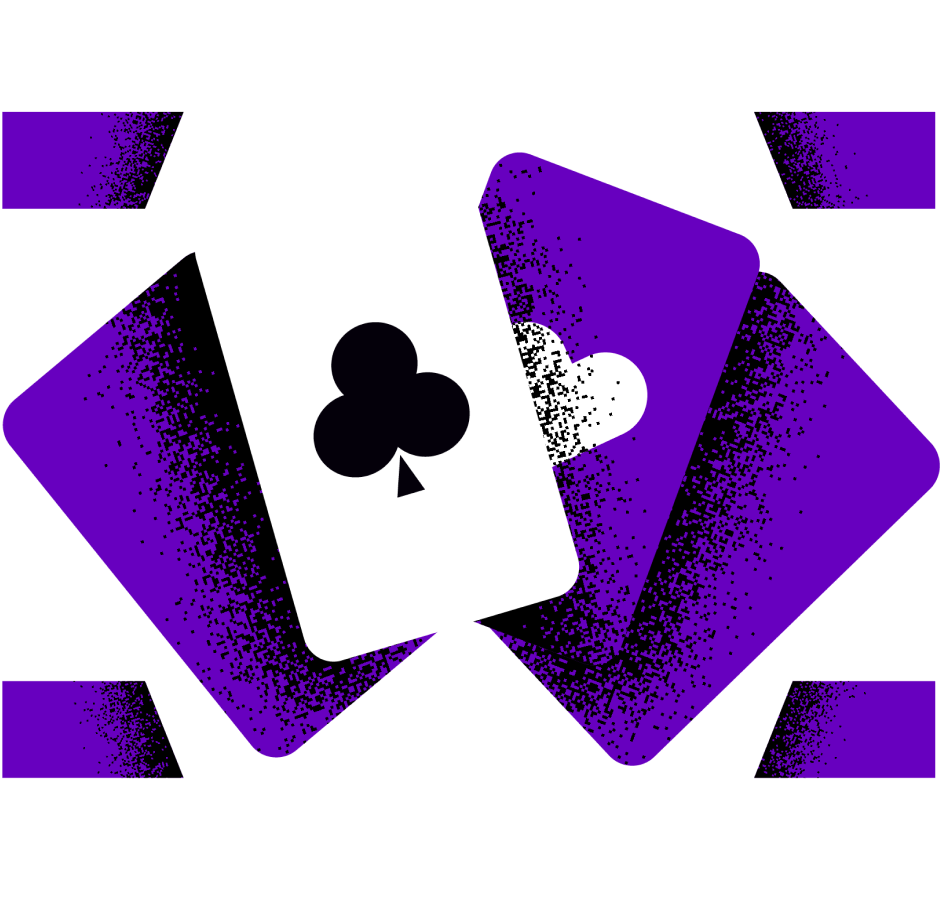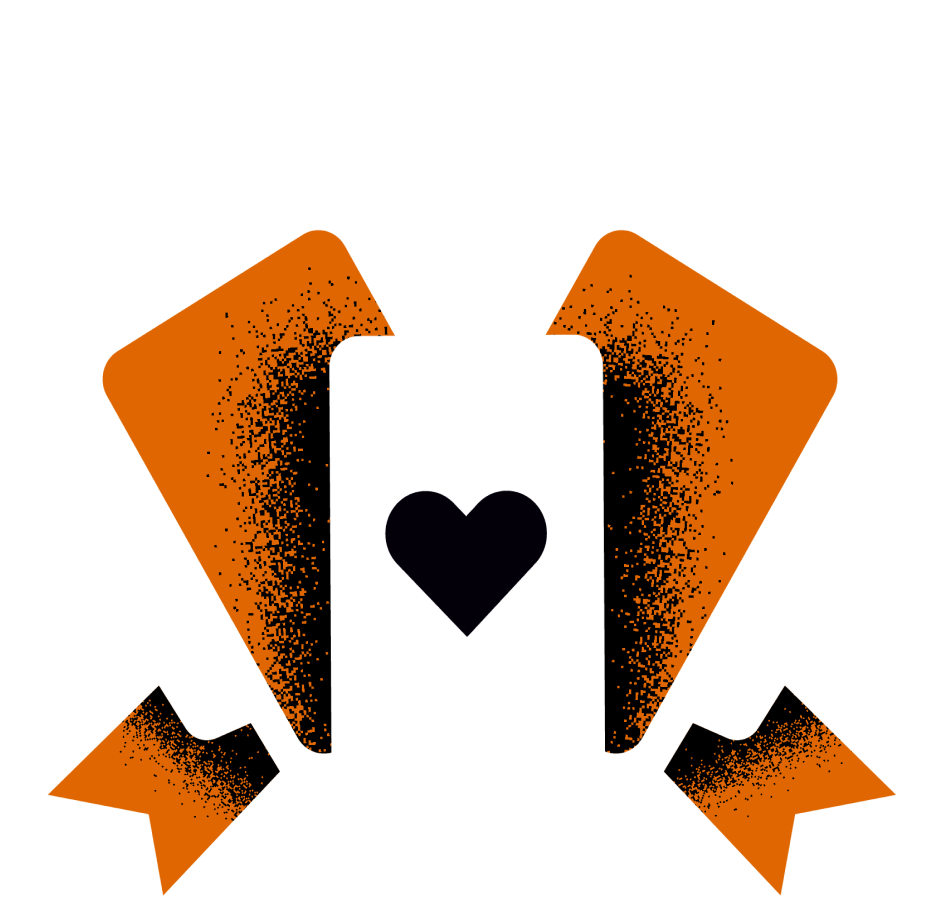What Does WTSD Mean in Poker?
Updated: 10/5/2021 In the previous post, we looked at some terms in poker lingo. In that particular piece, our focus was on the acronym WWSF, meaning “Won When Saw the Flop”. This means the percentage of pots a player has won after they saw the flop. Our journey into the world of poker stats continues … What Does WTSD Mean in Poker?
Strategy
Updated: 10/5/2021
In the previous post, we looked at some terms in poker lingo. In that particular piece, our focus was on the acronym WWSF, meaning “Won When Saw the Flop”. This means the percentage of pots a player has won after they saw the flop.
Our journey into the world of poker stats continues and, this time, we will be looking at what WTSD means.
In this piece we will be focusing on the next piece of stats that’s also important to take into consideration when making judgement calls while playing.
Here we are referring to WTSD, meaning “Went to Showdown”. In other words, how many times a player has been involved in a pot all the way to showdown.
The old guard of poker, with players such as Walter “Puggy” Pearson or Jack “Treetop” Straus, didn’t have the benefits of tools like this back in the day and had to evolve the hard way, grinding at the tables.
This meant honing their skills not just playing their hand, but their position, their opponents, learning how to read tells. The list goes on and on.
However, nowadays with online poker, the language has evolved and these acronyms help players to better know how to move next in certain situations.

What is the Meaning of WTSD in Poker?
WTSD in poker refers to Went to Showdown. It basically tells you how often a player has stayed in the pot all the way to showdown. This means how often a player has stayed in it until it’s time to flip over the cards and show what you have.
Alongside WWSF, WTSD is an important element when determining the type of player you are facing. Is it a tight player who predominantly plays only premium hands or a more loose and aggressive player, with a much wider range, taking to the showdown with less than mediocre hands?
This is one of the more important stats to keep track of, as it tells you so much about the type of player you are up against. By using this stat, you could stand to either save or earn a lot more than what you would normally do.
It is simple, as the data WTSD provides, it will make your decision-making process a lot easier, thus either saving or earning you money in the long run!
Of course, you need to take into consideration the game type and format you are playing, as these will have an impact on a player’s style and decision-making.
If you are playing a Turbo game, decisions need to be made fast, the action is fierce and your game style needs to be adjusted accordingly, compared to say a deep-stack event.
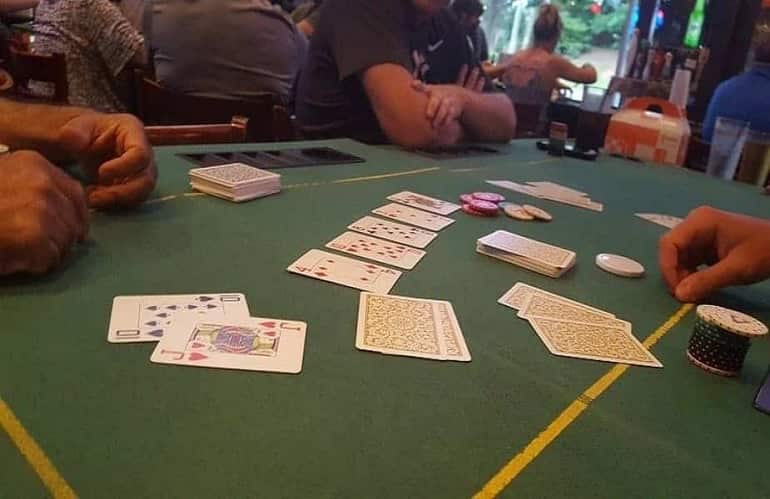
What is a High WTSD in Poker?
A player who often takes the pot to a showdown will naturally have a higher WTSD.
With a higher WTSD, we are referring to players with a percentage of 30 or above. This means they are more likely to call a river bet than folding their hand.
If you are still involved in a pot, and you have a player with a WTSD of 30 or above, you need to make sure you have a decent hand if you intend to bet.
Bluffing a player with a high WTSD is out of the question, as they are more likely to call your bet than fold their hand. So do not bluff players that are at 30 or above. This will save you money eventually.
At the same time, it could also earn you a lot more money. If the player is more likely to call on the river, you are able to value bet and get paid more frequently versus a more experienced and knowledgeable player, with a lower WTSD.
This is one of the more important stats and one of the numbers you should really keep an extra eye on during your sessions. Most recreational players you meet at the tables will have a WTSD that is 30 or above.
If you find one, try and milk them for all they got! Just make sure you do so when holding the goods and not trying to bluff them off the hand.

What is a Low WTSD in Poker?
Opposite to a high WTSD, you have a low WTSD. This tells you just as much as if a player has a high percentage.
Someone with a low percentage, in the low 20s or below, is a tight player. This player is what we would call an unbalanced player with leaks in its game.
The one with the higher percentage plays too many hands and the player with the low percentage folds too much.
A player with a low percentage can easily be bluffed as they tend to fold more often than call. At the same time, it should also act as a warning signal for you, if this player continues to call your bets.
If they do, you need to slow down as it is more than likely that they are sitting on a strong hand or strong draw with a high percentage of getting there, making you the underdog.
When you are up against a player with a low WTSD, you need to have the ability to lay down a decent to a strong hand.
The discipline to know when to hold ’em and when to fold’em, just as Kenny Rogers sang in the song “The Gambler”.

What are Other Similar Stats to WTSD?
Other similar or important stats include WWSF or Won When Showdown meaning they won the pot when it went to showdown.
Plus, you should also keep track of WSD. It is also known as W$SD or W$SD%. WSD means “Won at Showdown”.
This refers to how often the player has won money at showdown when all the cards are turned over. A recreational player will often have a very low WSD while a more seasoned and experienced player will have a substantially higher WSD.
If you come across a player who has a WSD of 60 or above, you should be careful and have the discipline to be able to lay down your hand even if you have a decent one.
You are up against a tight and regular player who knows what they are doing and who most likely is a profitable player.
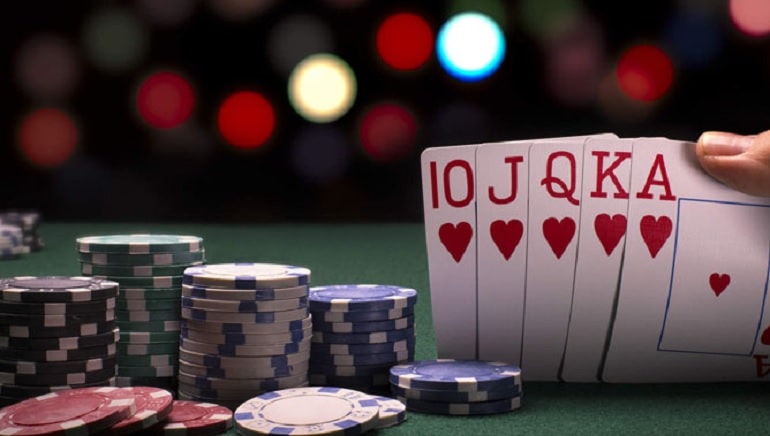
What Percentage Should Be My WTSD in Poker?
When you review your own stats and looking to optimize your game, you should aim to have your WTSD in the mid-20s.
This will tell your opponent that you are neither too tight, nor too loose. You are able to mix up your game, making it difficult for the opponent to get a read on you.
Keeping it around 25 you will be able to get paid when you are strong, but also have the ability to bluff players when they are holding mediocre hands.
Your image will be that you know what you are doing and that the other players should be aware and careful around you.
The last thing you want to do at the tables is to give your opponents any free information, and by keeping your WTSD at around 25, you are doing exactly that. The same goes with showing your cards when it isn’t needed.
Never show your cards unless you have to. Never give any more information about you and your game than you need. The less the opponent knows, the more they need to guess, and you stand a higher chance of having a profitable session.

What Kind of Players Have a High or Low WTSD?
As mentioned, having a high WTSD indicates that the player is loose and possibly an aggressive player. You are unlikely to be able to bluff them off their hands, even if it’s a mediocre one as they prefer to call it over folding.
The opposite goes for a player with a low WTSD, as they are more likely to fold their hand, even if it’s a mediocre to semi-strong hand.
This kind of player is tight and sticks to playing premium hands, which should be a huge red flag if the player remains in the pot.
At the same time, given that they play so tight, you stand a greater chance of having this player fold against a bluff.
Conclusion
To become a better poker player, you have to stay in touch with the game, as it is constantly evolving. Still, you cannot stop there, you also have to review your own game, and evolve yourself.
You need to study your game. By doing this you can find leaks in your game and plug them, making you a more profitable player in the end.
To be able to understand the game data you need to know all the different acronyms such as WWSF, WTSD, VPIP and WSD, to mention but a few.
Understanding all these different elements you will be in a much better place when it’s decision time. Deciding based on facts and figures, instead of using your gut feeling, will in the long run make you a more competitive and successful player.
Do not be afraid to ask for help or use different coaching sites, to help improve your game. Sometimes a fresh pair of eyes is all it takes to find the small, but sometimes costly mistakes in your game.
Make sure you take into account what you have read in this article, the next time to take to the tables. This could be the difference between being a profitable or a losing player.
Find out more about poker glossary terms in our trilogy about poker lingo: Part 1, Part 2 & Part 3
Join CoinPoker today
Invite your friends to join CoinPoker and help each other to improve your game. By inviting them and getting them to start playing at CoinPoker, you will be rewarded with a 30% on all the fees that your friends pay while playing.
By fee, we mean what they pay while playing either cash game or tournaments. All that’s required from your end is to share your referral link with your friends, and have them sign up using it.
That is all it takes for you to start earning some money. Keep in mind that this is a lifetime commission, that never expires, so as long as they play, you are earning from them.
Or you can always join Coinpoker’s sportsbook and bet on your favorite teams!
Have a question? Feel free to ask us anything in the comment section below or join our growing community on Telegram.
For all the latest news, follow us on social media, through Twitter, Instagram, or Facebook.
Explore More
CoinPoker
The best crypto poker room available. Play poker anywhere in the world through coinpokers app or desktop application. You will find an extensive poker game selection available
5 PostsHelp
Need help understand Crypto poker, how to deposit or withdraw crypto at coinpoker or create a coinpoker account, then this is the place
1 PostsNews
Find the latest poker news from coinpoker. Updates about games, promotions and other exciting crypto news.
130 PostsPromotions
Find the latest coinpoker promotions here. Explore the crypto poker world with the best poker promotions available.
51 Posts
